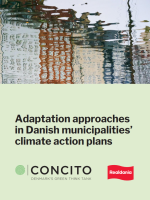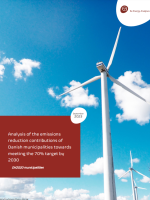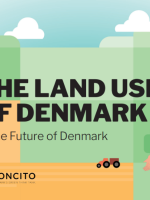Parking in cities
In existing urban areas, the strongest regulatory tools are the number of parking places, limitations on time, and paid parking. Adjusting these will limit the number of incoming cars to an area. For new developments, low parking norms assist in creating neighborhoods with limited car traffic.
Danish and Norwegian analyses demonstrate that parking conditions at the destination are determining modal choice. If it is easy and free to park, twice as many will drive compared to when it is difficult and expensive. Similarly, Norwegian analyses demonstrate that in situations where public transportation is competitive with the car on travel time, twice as many will choose public transportation if there is a cost associated with parking at the destination. Hence, parking restrictions are an effective tool for limiting total car traffic.
It is not possible to generally quantify the effects of individual parking regulation initiatives since the effects will be dependent on the overall conditions for car traffic and parking in the area. However, we attempt to estimate the relative magnitude and impact of parking regulation. The main effects of parking regulation are that car traffic and ownership decrease. The most important initiatives and their effects are evaluated in the table below.
Table 1: Primary regulatory tools and their impact
| Initiative | Who is impacted? | CO2 -impact | Comments |
| Reduce the number of parking spaces | All car drivers | +++ | The space can be used for bikes, bus lanes, green spaces etc. |
| Time limitations on parking | Car drivers who park for an extended time: commuters and residents | + | Creates more car traffic per parking space but also transfers car trips |
| High cost of parking | All – primary long-term parking and low-income groups | ++ | Will reduce inflow and will improve accessibility for necessary car trips |
| Low max norms for new developments | Primarily new residents but also other car drivers | +++ | Requires regulation of neighboring areas to avoid spillover effects |
| High cost of residential parking license | Residents | ++ | Can generate more incoming traffic is not accompanied by other initiatives |
| Etablishing parking in construction | Residents in the area, overall urban quality | --- | Parking below ground level or in a building emits substantial amounts of CO2 |
Download the English report here:
Download a summary here:
Download the Danish report here:






